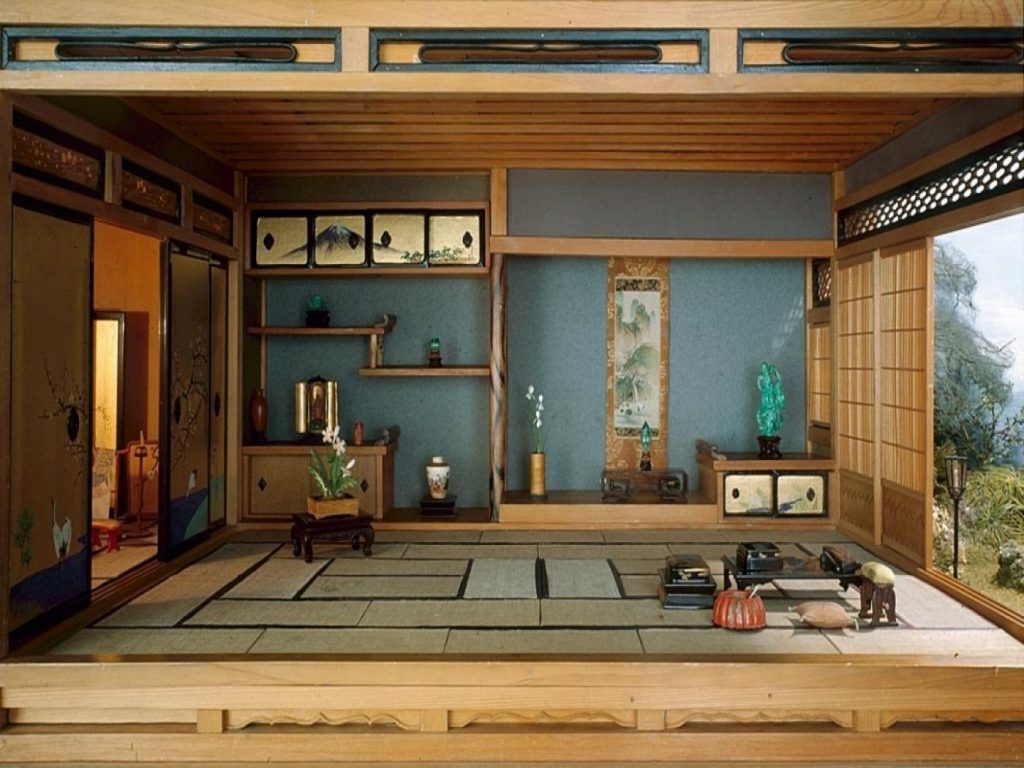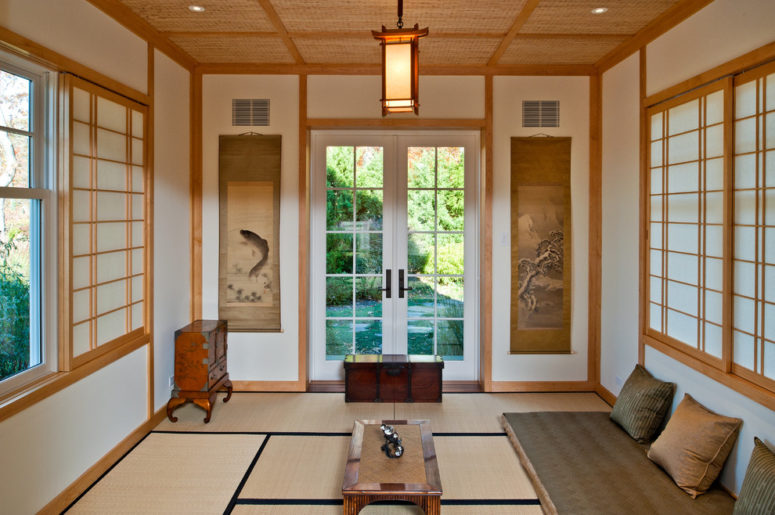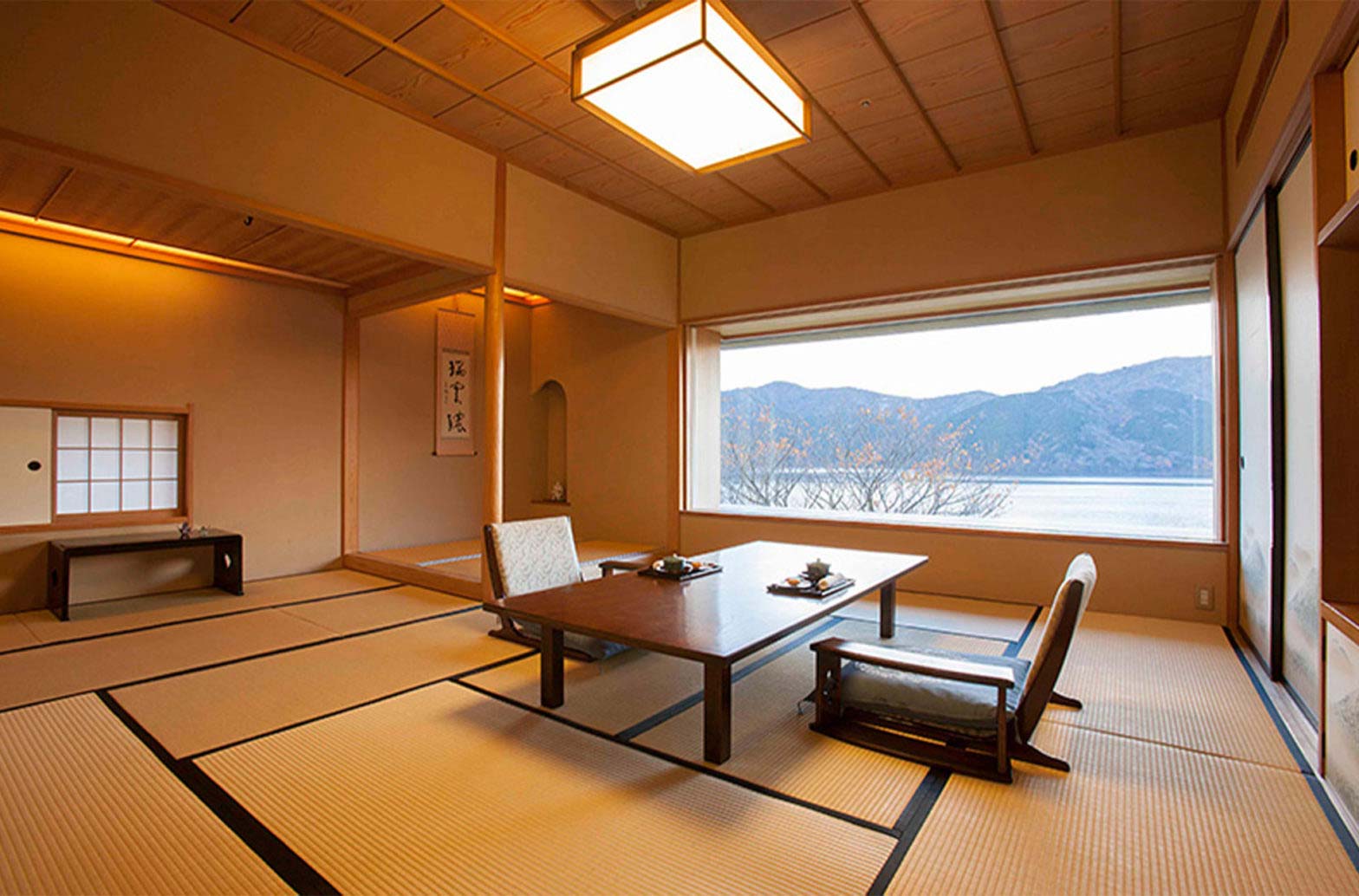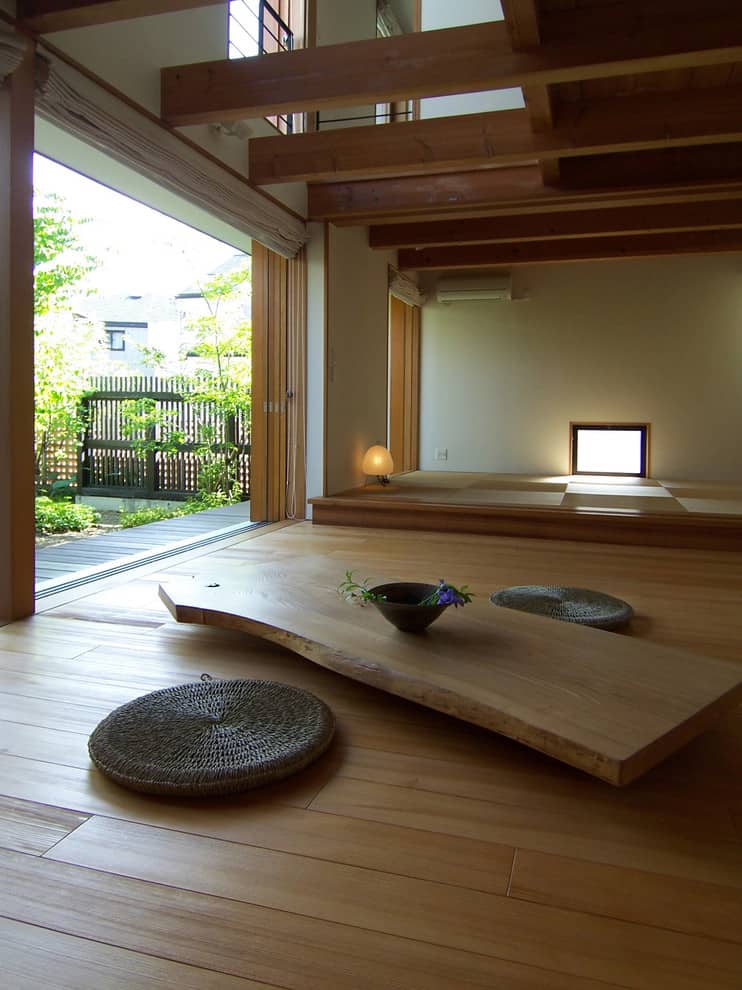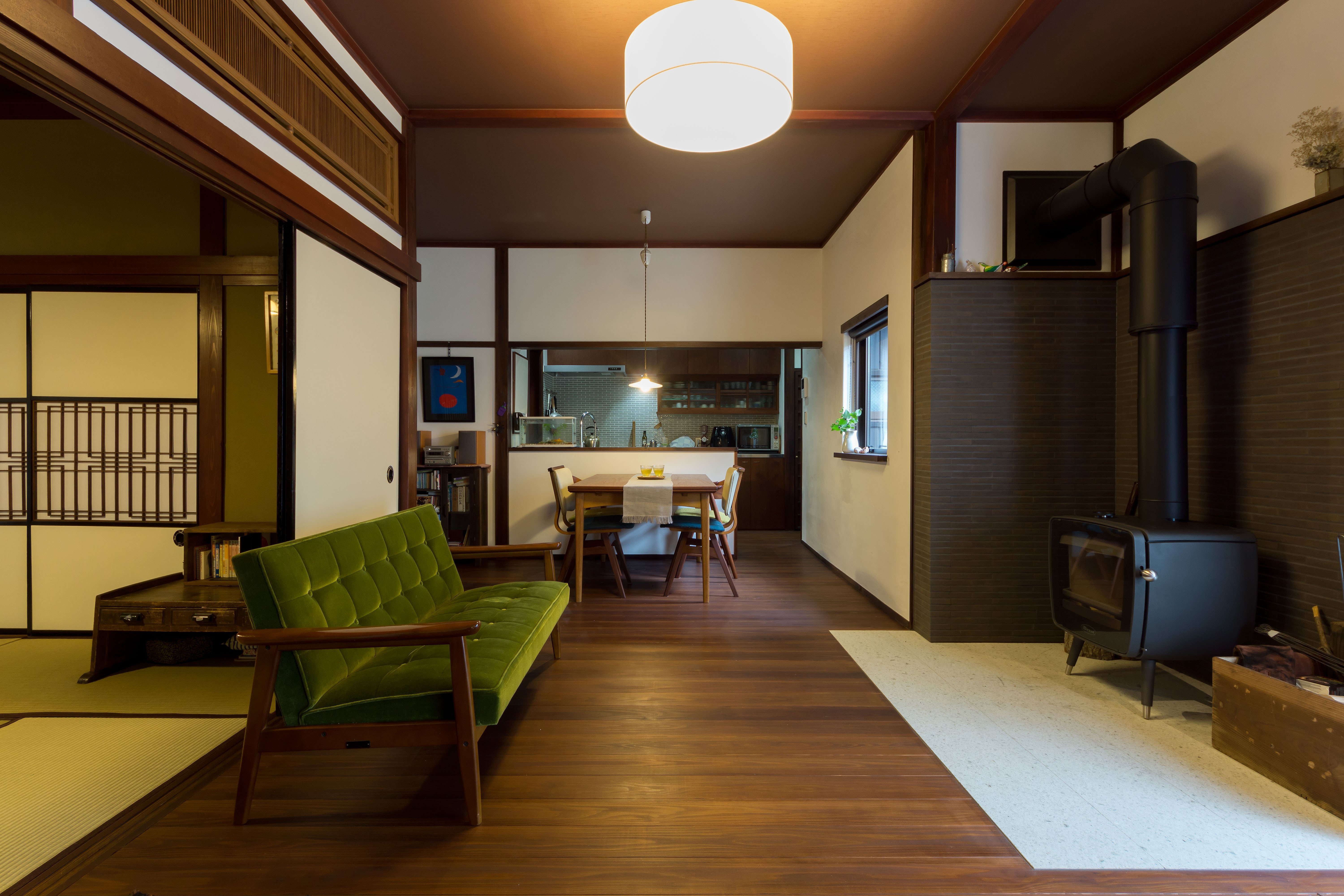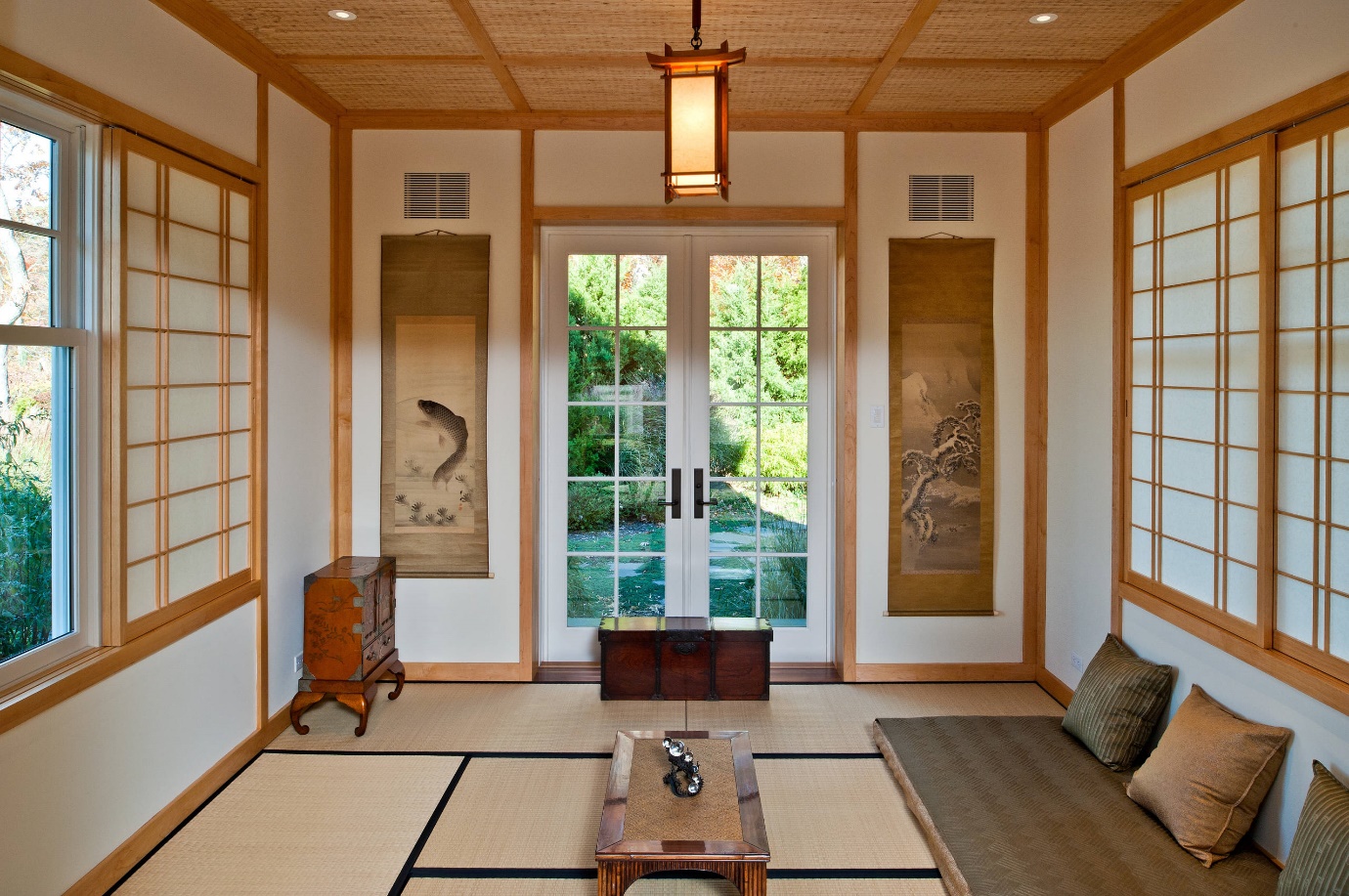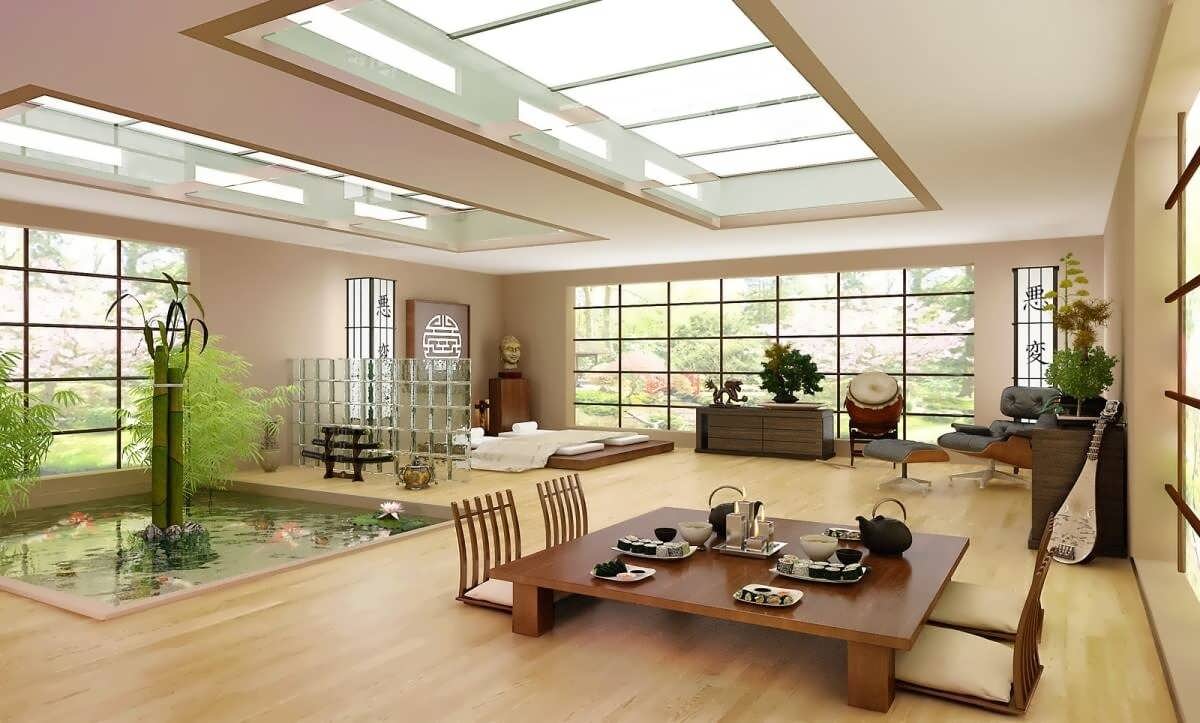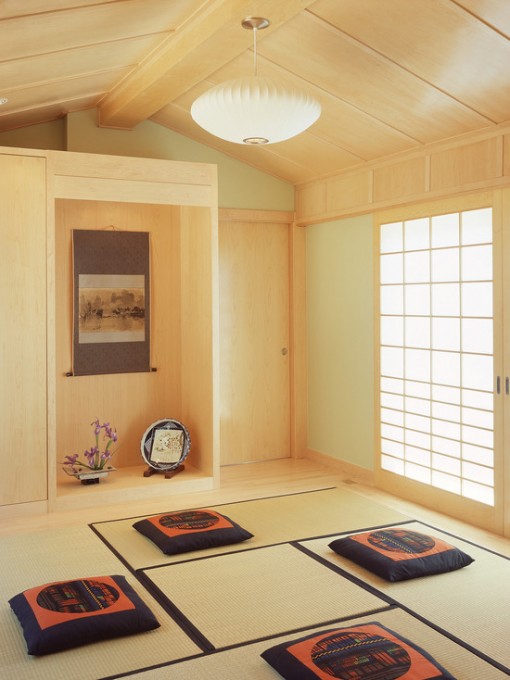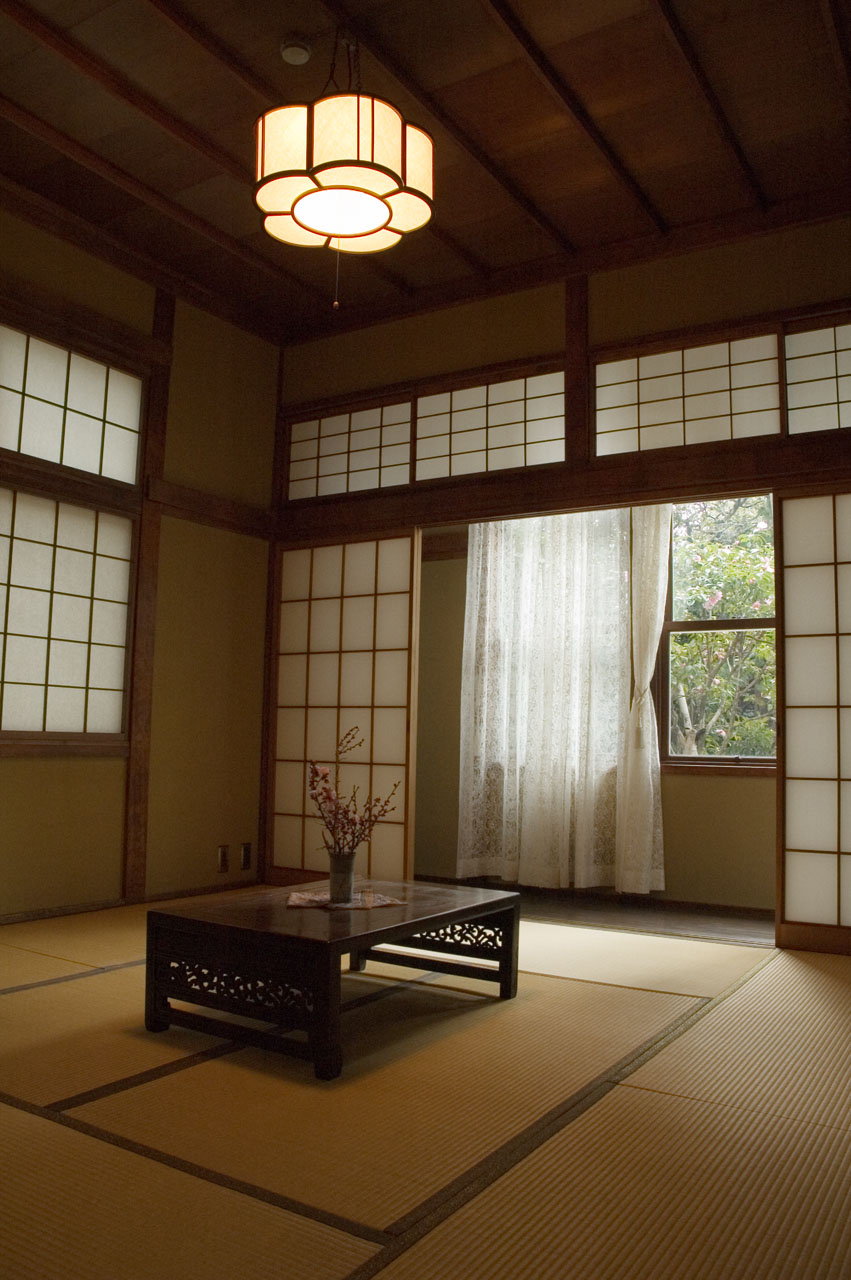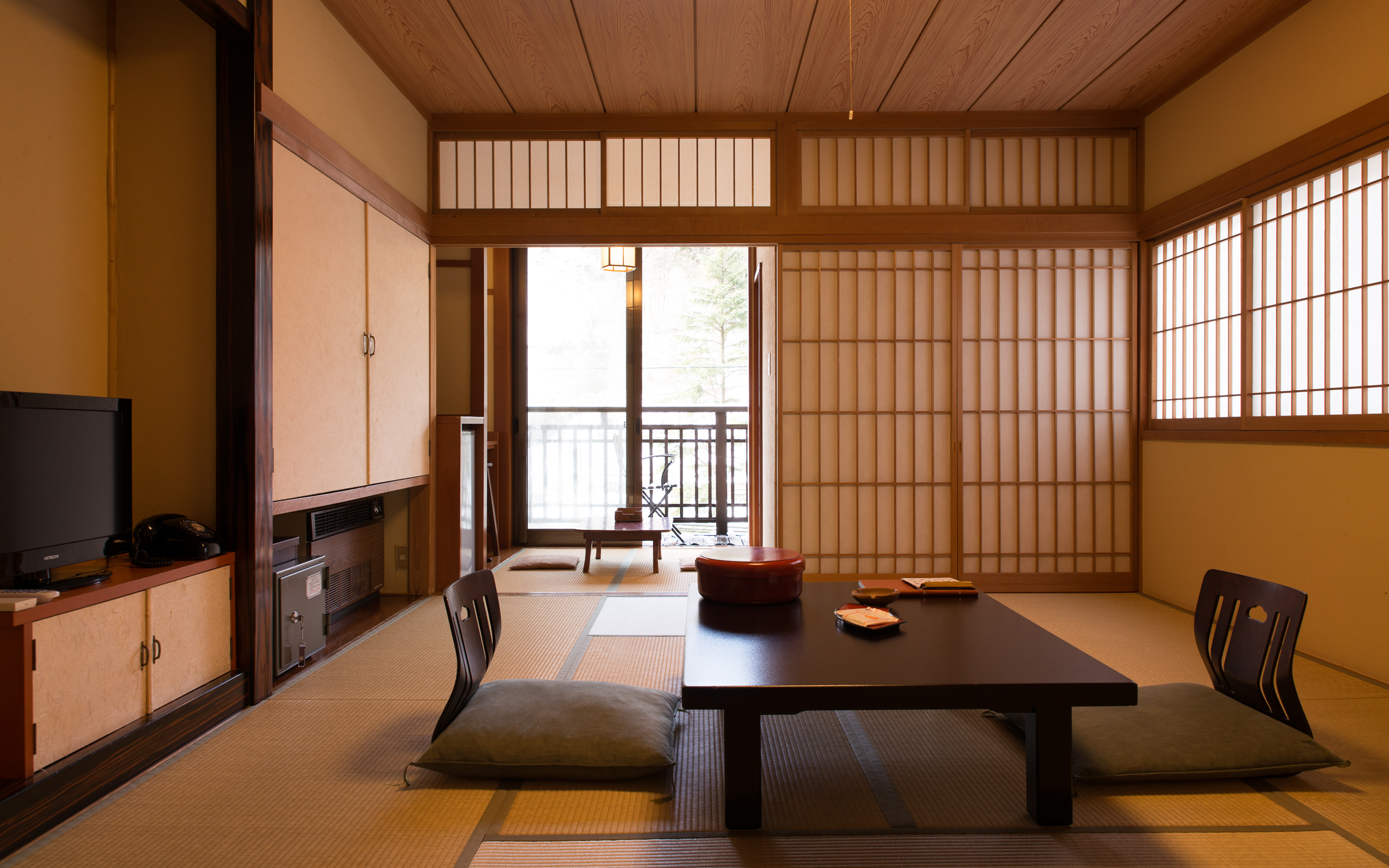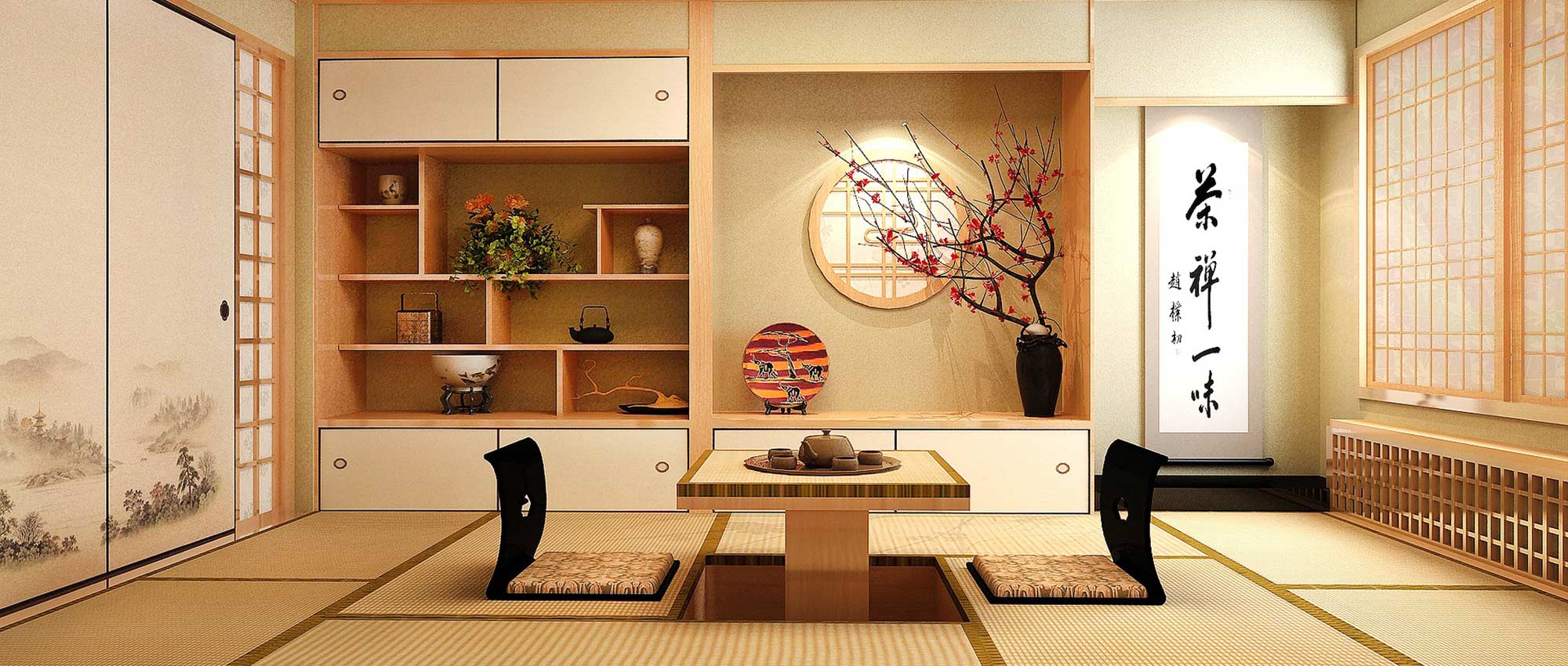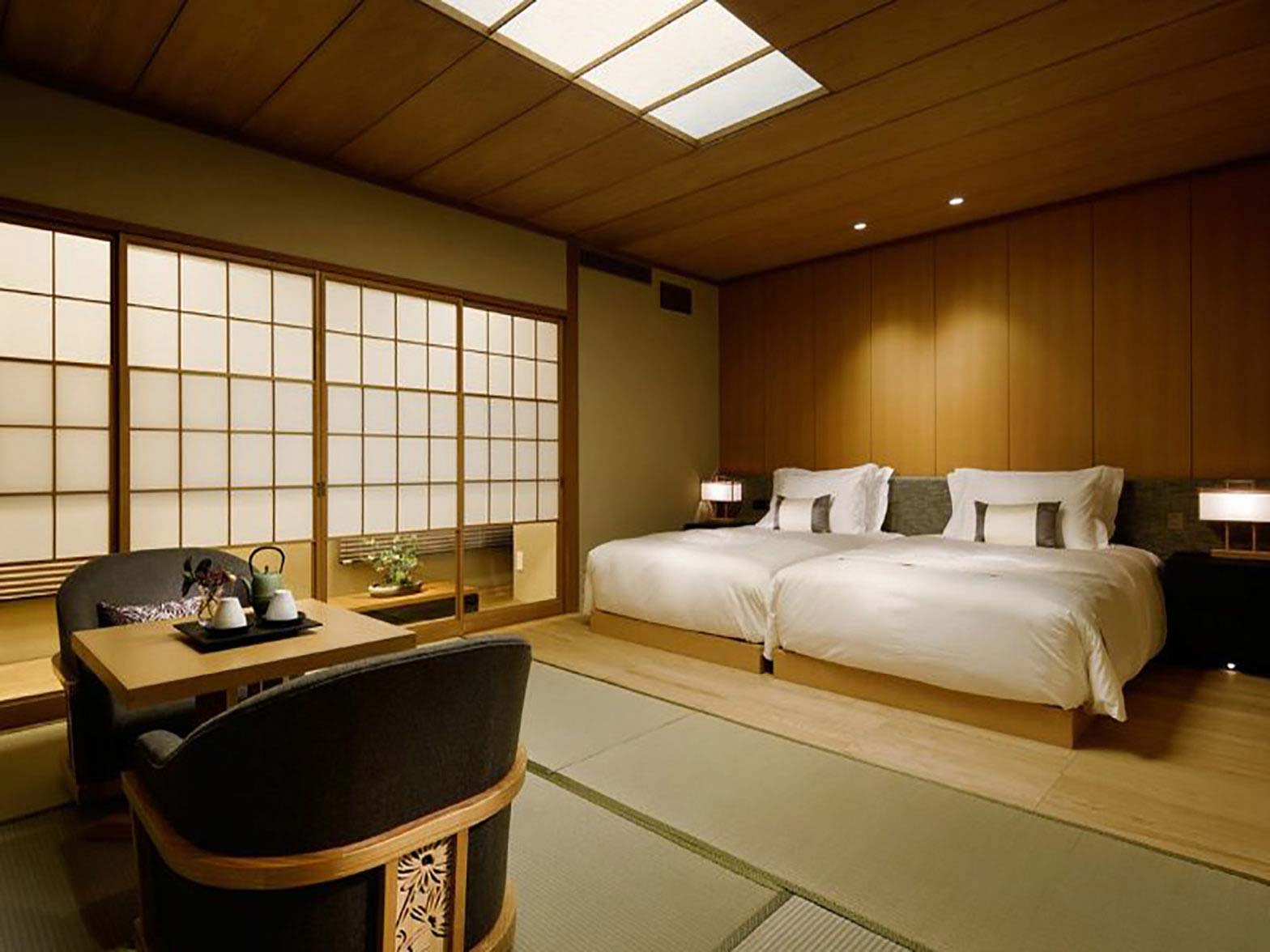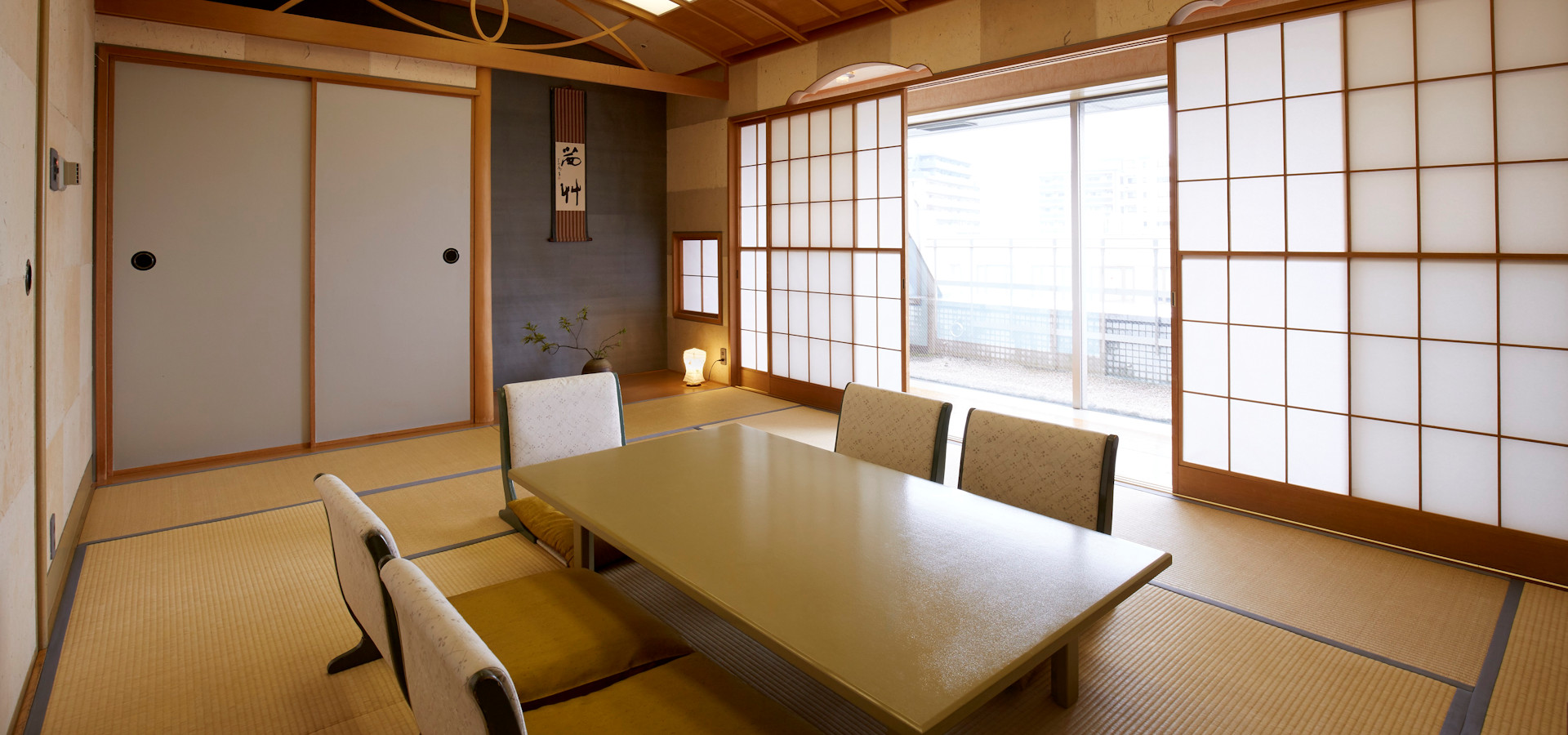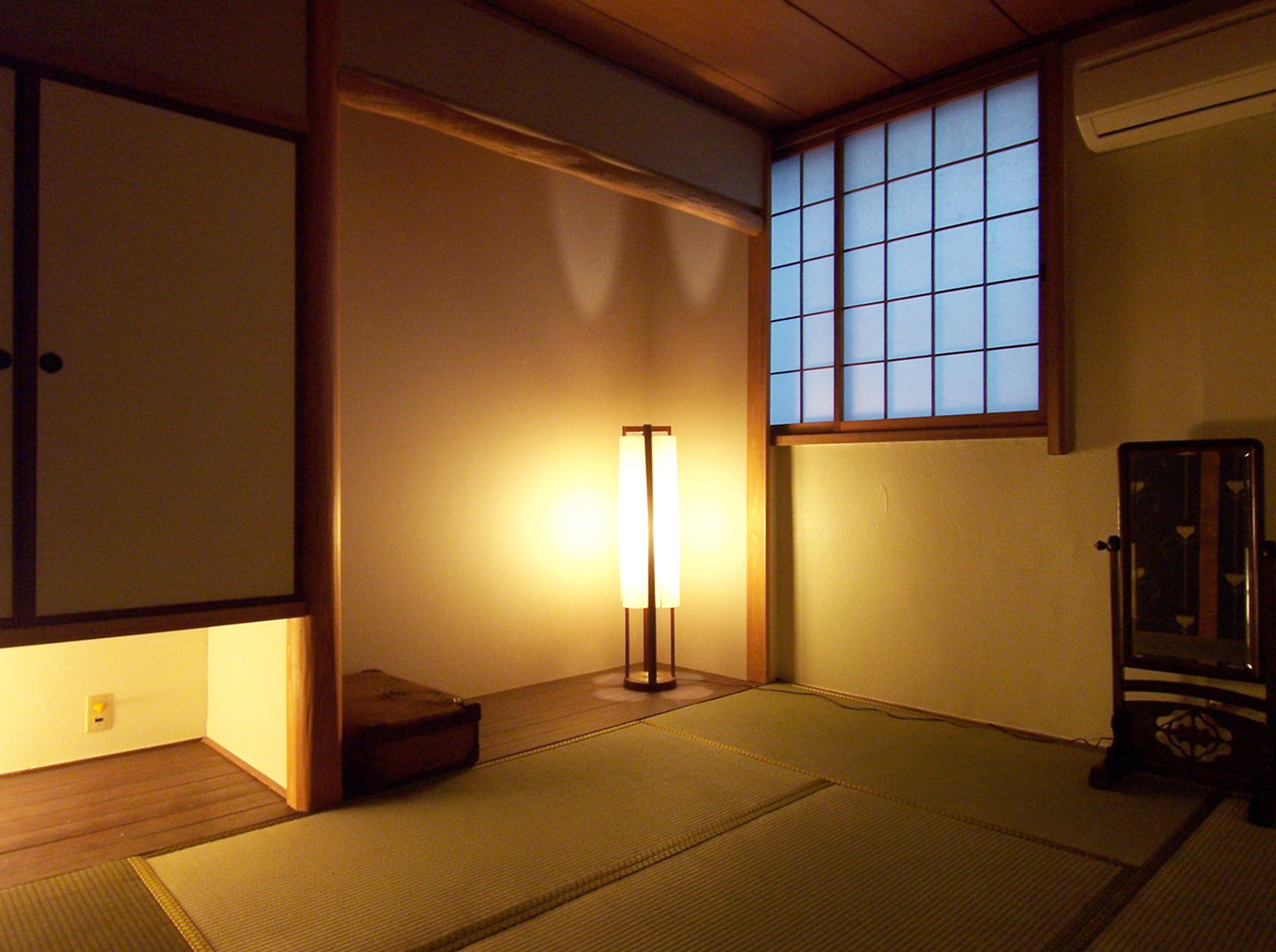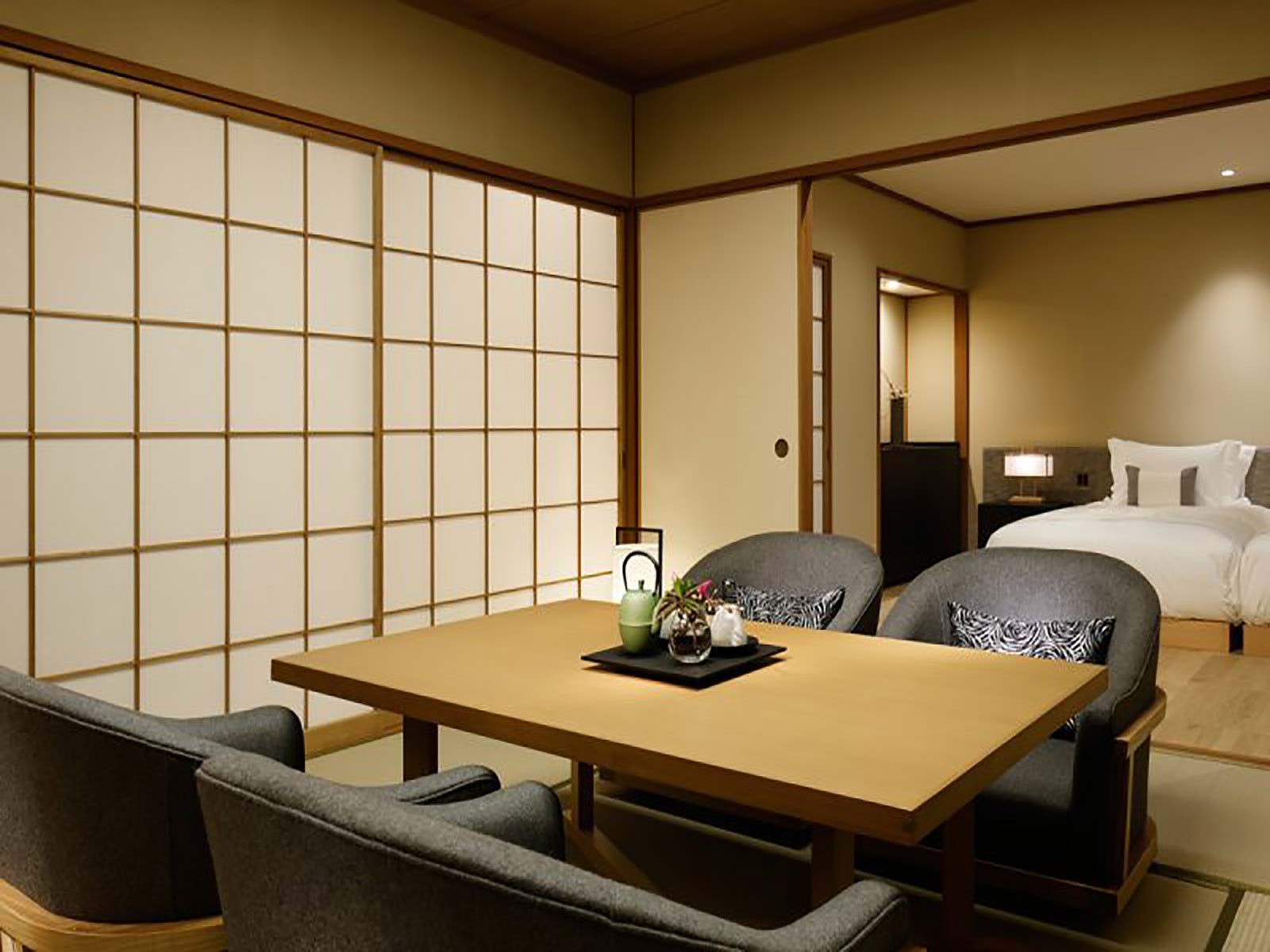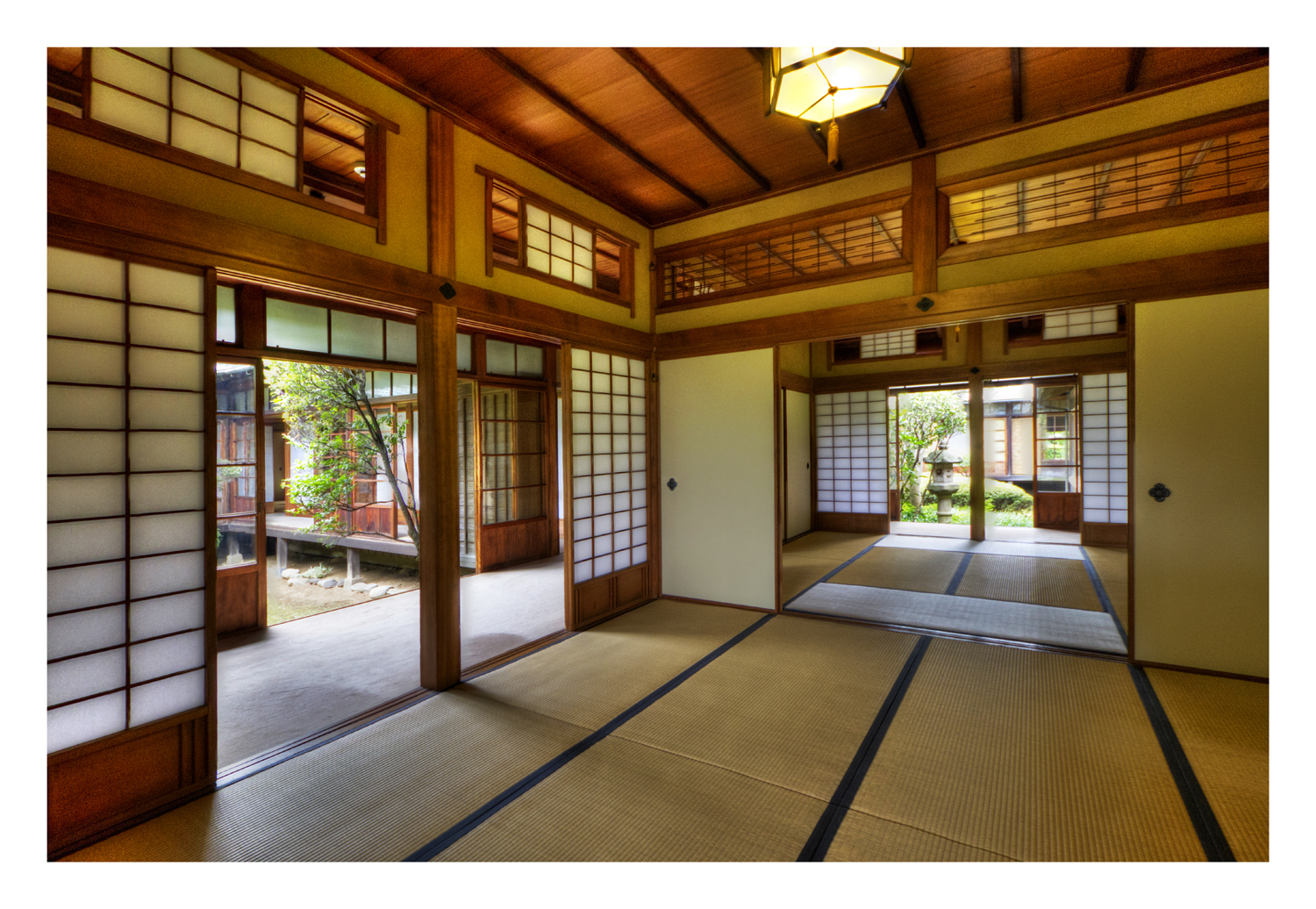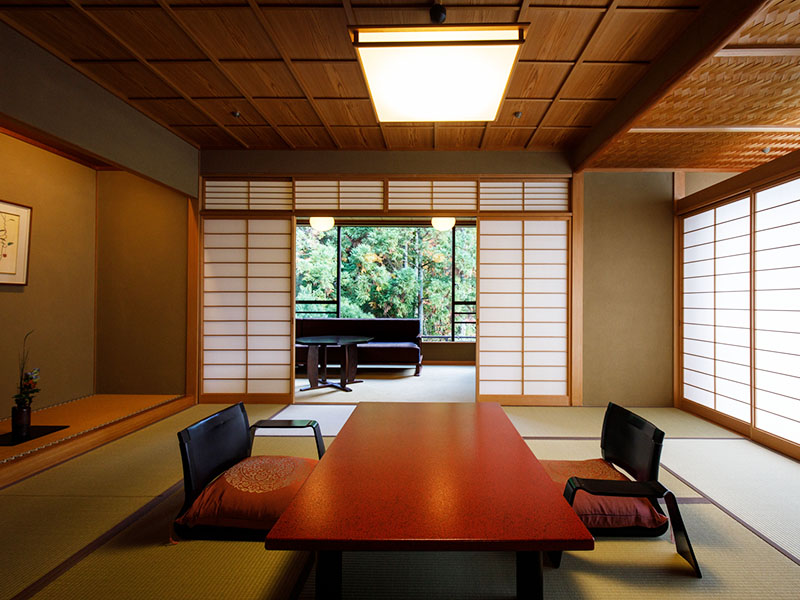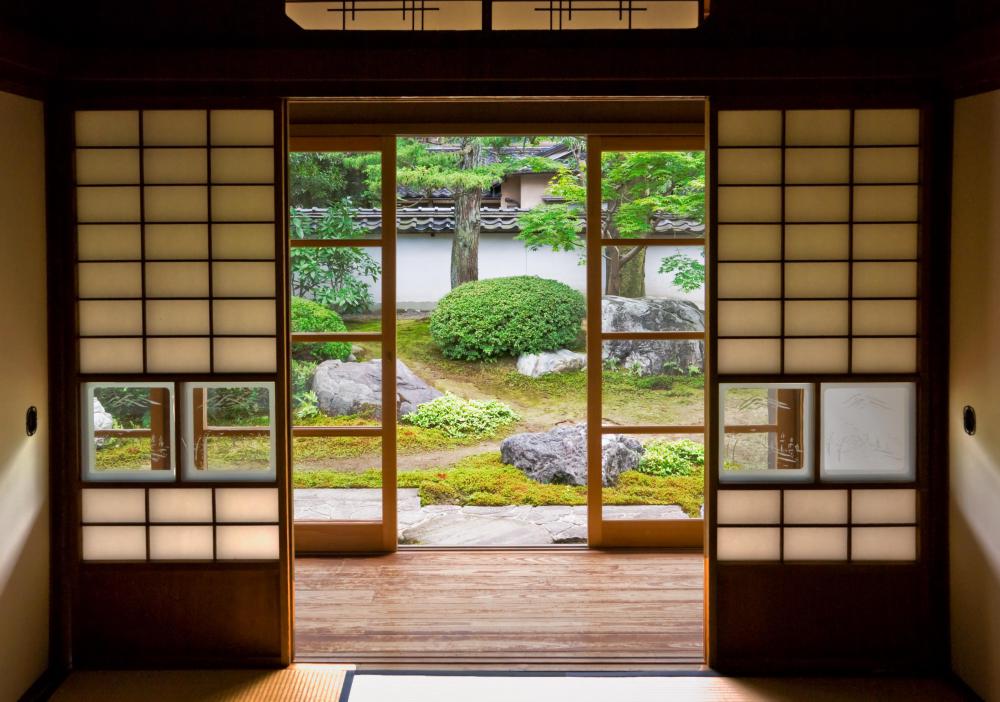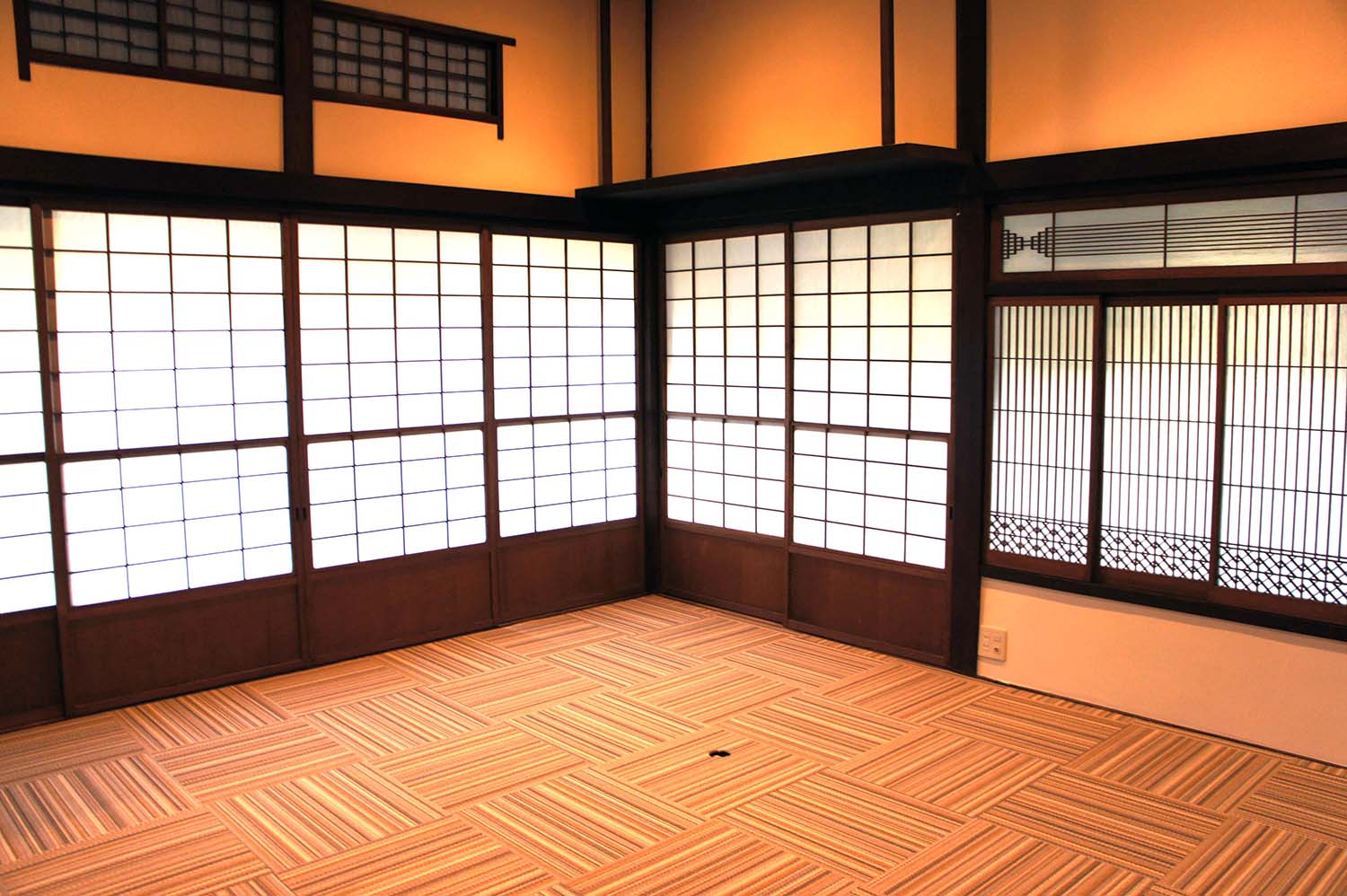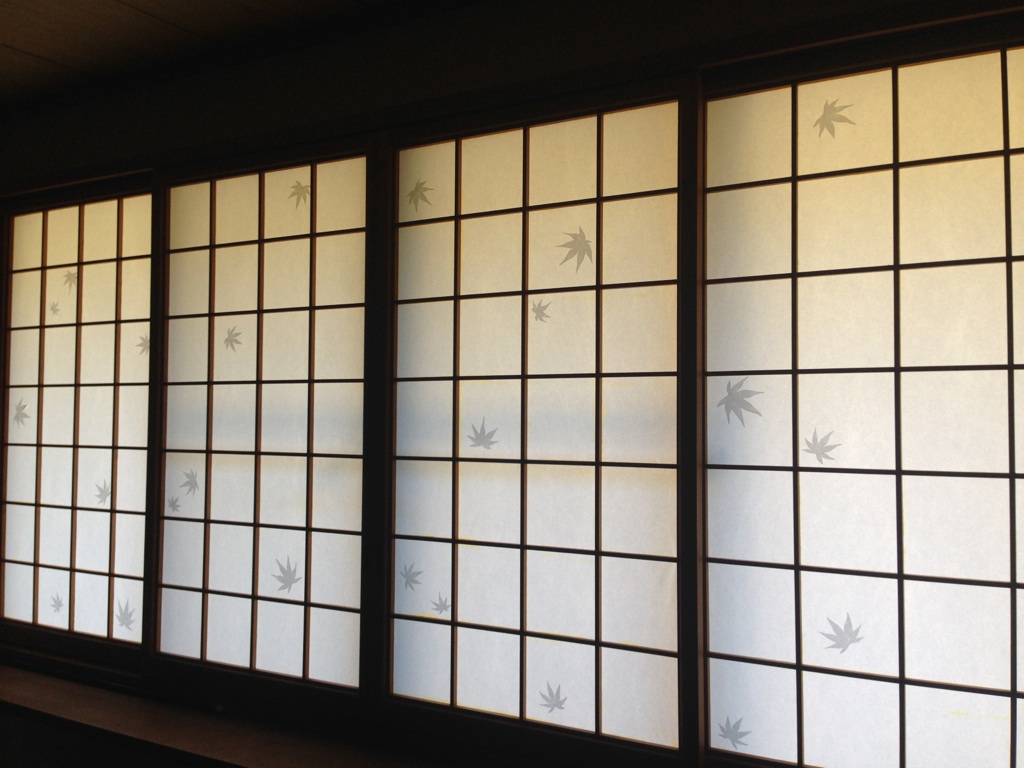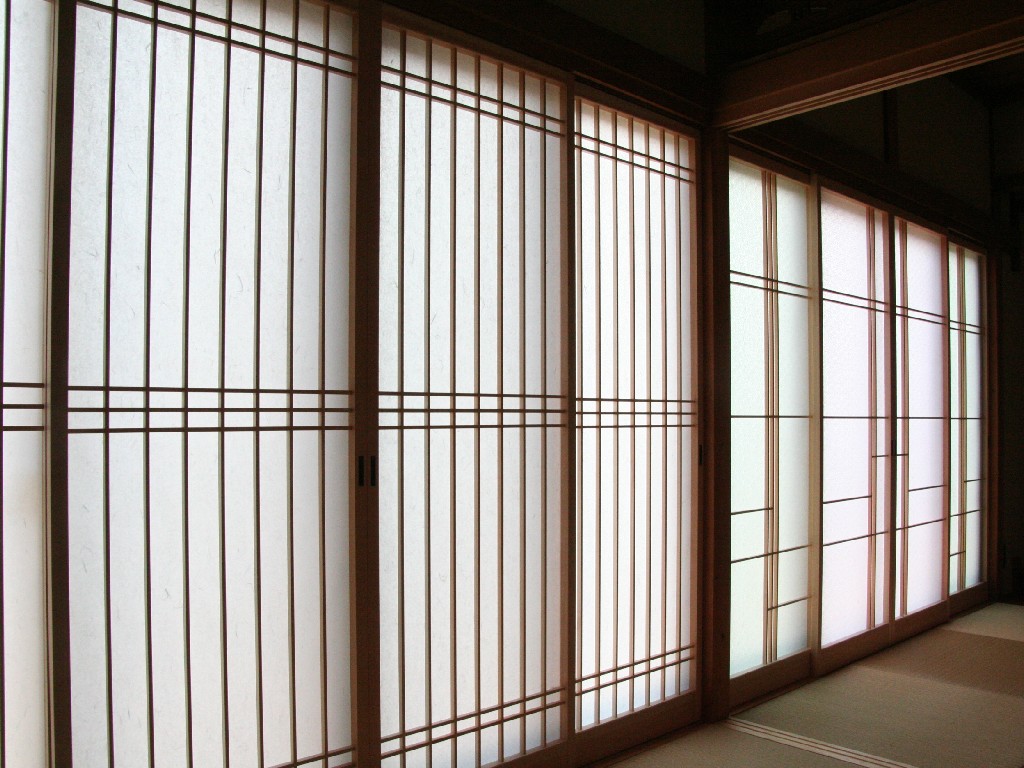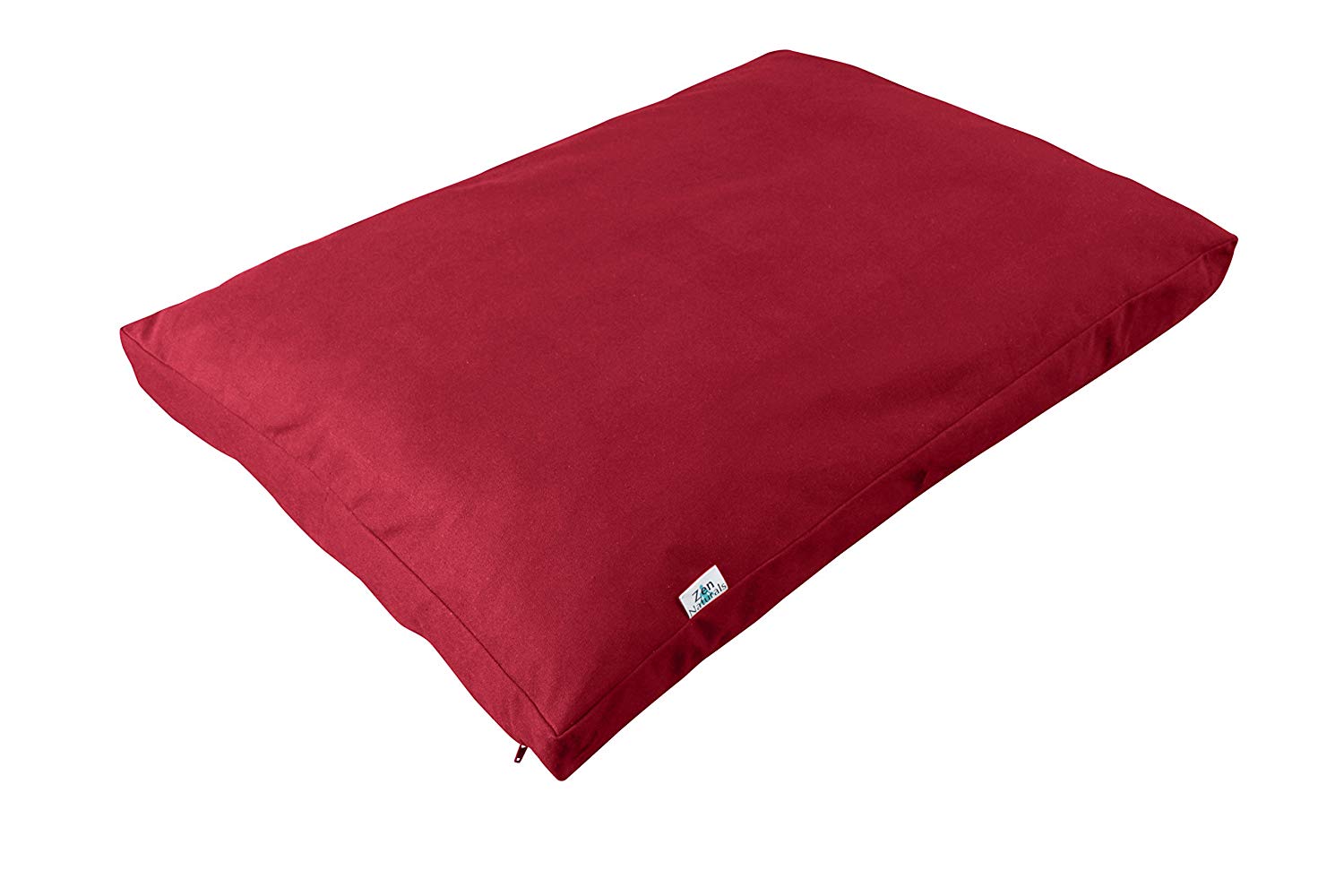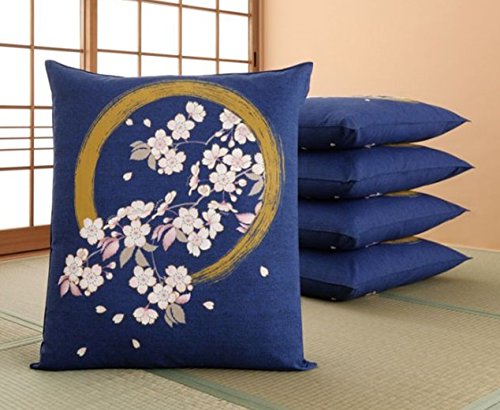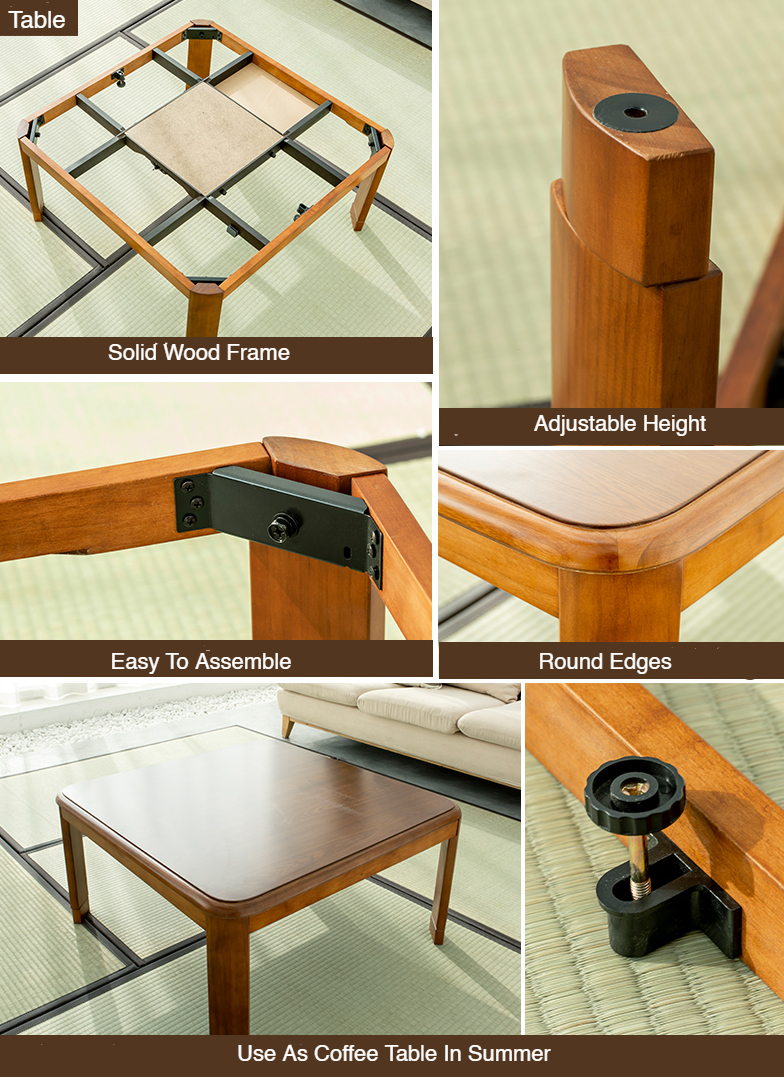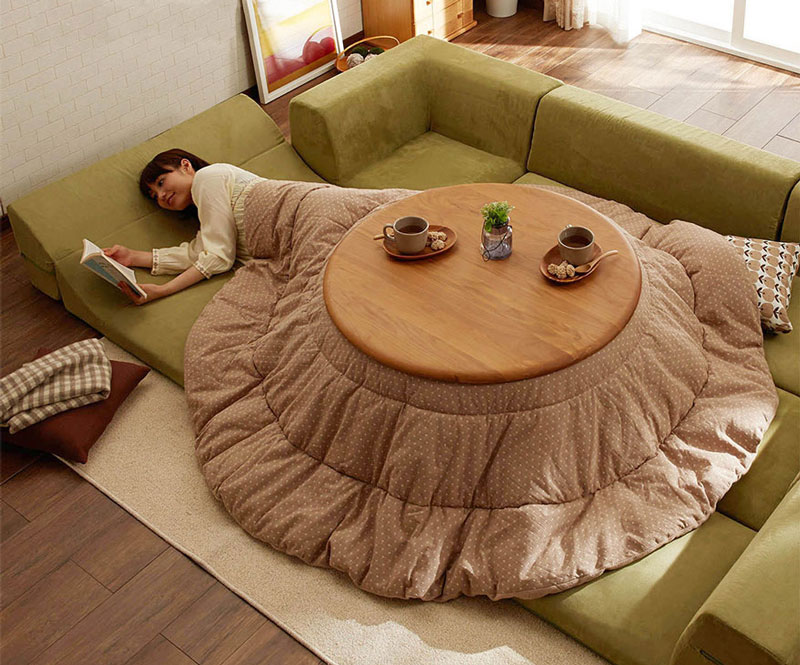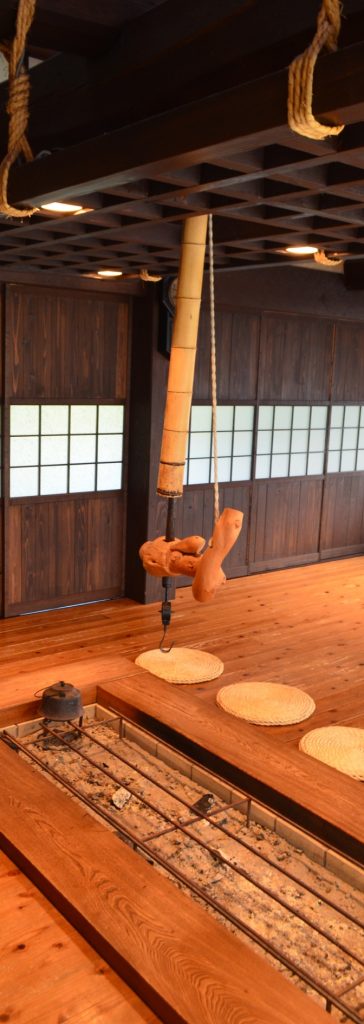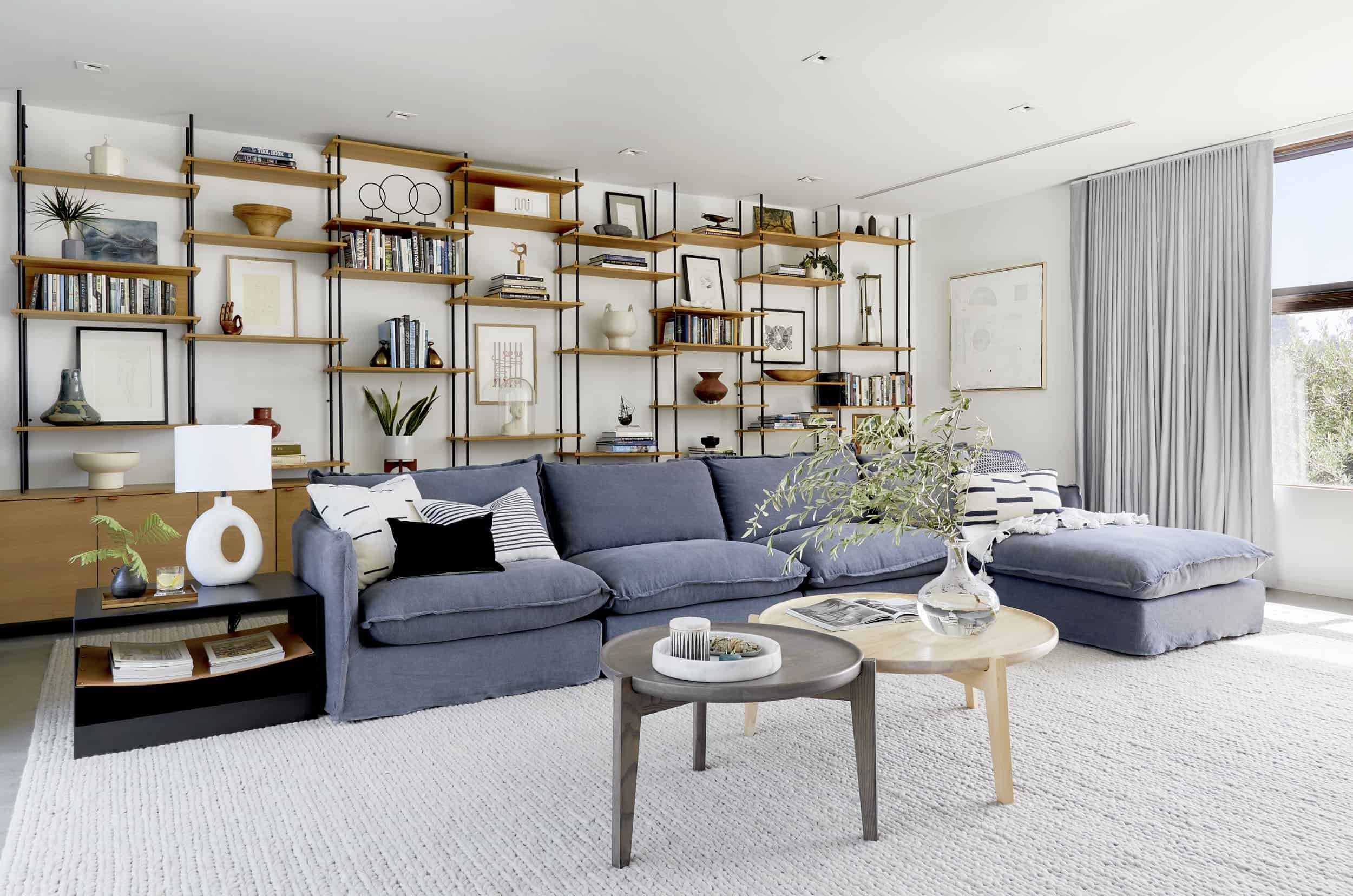The Japanese traditional living room is a space that embodies the essence of Japanese culture and aesthetics. It is a place where simplicity, harmony, and natural beauty converge to create a peaceful and tranquil atmosphere. In this article, we will take a closer look at the top 10 features that make a traditional Japanese living room truly special.Japanese Traditional Living Room Inside Look
The design of a Japanese traditional living room is based on the principles of minimalism and functionality. It is a space that is free from clutter and unnecessary decorations, allowing for a calm and peaceful environment. The use of natural materials such as wood, bamboo, and paper is also a key aspect of Japanese design.Japanese Traditional Living Room Design
A Japanese style living room is characterized by its low furniture, clean lines, and neutral color palette. The furniture is often placed directly on the floor, with the use of cushions for seating. This creates a sense of intimacy and closeness to the ground, which is an important aspect of Japanese culture.Japanese Style Living Room
The tatami room is a traditional Japanese room that is covered in tatami mats made from rice straw. These mats are not only comfortable to sit and walk on, but they also have a natural cooling effect, making them perfect for the hot and humid Japanese summers. The tatami room is often used as a multi-functional space, serving as a living room, dining room, and bedroom.Tatami Room
Fusuma doors are sliding doors that are made from wooden frames and covered in paper. These doors are an important element in Japanese traditional living rooms as they can be used to divide the space or open it up to create a larger area. Fusuma doors are also often decorated with beautiful hand-painted designs, adding a touch of art to the room.Fusuma Doors
Shoji screens are another type of sliding door that is commonly found in Japanese traditional living rooms. These screens are made from wooden frames and covered in translucent paper, allowing natural light to filter through while still maintaining privacy. They are also often decorated with delicate designs, adding to the overall aesthetic of the room.Shoji Screens
Zabuton cushions are large, square-shaped cushions that are used for seating in Japanese traditional living rooms. They are typically filled with cotton and covered in soft, high-quality fabric. These cushions not only provide comfort but also serve as a decorative element in the room, with many designs and patterns available.Zabuton Cushions
The kotatsu table is a low table with a built-in heating element and covered with a thick blanket. This traditional Japanese table is used during the colder months, providing warmth and comfort for the legs and feet while sitting on the floor. It is also a space-saving solution, as it can be folded and stored away when not in use.Kotatsu Table
The irori fireplace is a traditional Japanese fireplace that is typically found in the center of the living room. It is a sunken hearth that is used for cooking and providing warmth during the winter months. The irori fireplace also serves as a gathering place for families and friends, creating a cozy and inviting atmosphere in the living room.Irori Fireplace
The chabudai low table is a small, low table that is typically used for dining in Japanese traditional living rooms. The table is usually made from wood and can be folded and stored away when not in use. The low height of the table allows for a more relaxed and intimate dining experience, bringing people closer together. In conclusion, a Japanese traditional living room is a space that is both functional and beautiful. Its design and features reflect the values and aesthetics of Japanese culture, providing a peaceful and harmonious environment for its inhabitants. By incorporating these top 10 features into your living room, you can create your own little piece of Japan in your home.Chabudai Low Table
The Serene and Timeless Appeal of Japanese Traditional Living Rooms

A Perfect Balance of Minimalism and Elegance
 When it comes to house design, one cannot deny the timeless appeal of Japanese traditional living rooms. These spaces exude a sense of serenity and simplicity, while also showcasing an exquisite touch of elegance. The design philosophy behind these rooms is deeply rooted in the Japanese culture and way of life, making them a perfect embodiment of the country's aesthetics.
Japanese traditional living rooms are characterized by a perfect balance of minimalism and elegance. While they may seem sparsely decorated at first glance, every element in the room serves a purpose and is carefully chosen to create a harmonious and calming atmosphere. The use of neutral colors such as beige, white, and wood tones adds to the simplicity of the space, while also creating a warm and inviting ambiance.
Fusuma
, or sliding doors, are a defining feature of Japanese traditional living rooms. These doors not only serve as a way to divide the space but also add a touch of traditional charm. They are often adorned with intricate
shoji
screens, which diffuse natural light and create a soft and tranquil atmosphere in the room.
When it comes to house design, one cannot deny the timeless appeal of Japanese traditional living rooms. These spaces exude a sense of serenity and simplicity, while also showcasing an exquisite touch of elegance. The design philosophy behind these rooms is deeply rooted in the Japanese culture and way of life, making them a perfect embodiment of the country's aesthetics.
Japanese traditional living rooms are characterized by a perfect balance of minimalism and elegance. While they may seem sparsely decorated at first glance, every element in the room serves a purpose and is carefully chosen to create a harmonious and calming atmosphere. The use of neutral colors such as beige, white, and wood tones adds to the simplicity of the space, while also creating a warm and inviting ambiance.
Fusuma
, or sliding doors, are a defining feature of Japanese traditional living rooms. These doors not only serve as a way to divide the space but also add a touch of traditional charm. They are often adorned with intricate
shoji
screens, which diffuse natural light and create a soft and tranquil atmosphere in the room.
Bringing Nature Indoors
 Nature plays a significant role in Japanese culture, and this is reflected in the design of traditional living rooms. Large windows and paper screens, known as
washitsu
, allow for an abundance of natural light and provide a connection to the outdoors. The use of natural materials such as wood, bamboo, and stone further blurs the line between indoors and outdoors, creating a sense of harmony and balance.
In addition to natural elements, traditional living rooms also feature various
tokonoma
, or alcoves, which are used to display traditional artwork, pottery, or plants. These alcoves not only add a touch of beauty to the room but also serve as a way to bring nature indoors and create a serene and peaceful atmosphere.
Nature plays a significant role in Japanese culture, and this is reflected in the design of traditional living rooms. Large windows and paper screens, known as
washitsu
, allow for an abundance of natural light and provide a connection to the outdoors. The use of natural materials such as wood, bamboo, and stone further blurs the line between indoors and outdoors, creating a sense of harmony and balance.
In addition to natural elements, traditional living rooms also feature various
tokonoma
, or alcoves, which are used to display traditional artwork, pottery, or plants. These alcoves not only add a touch of beauty to the room but also serve as a way to bring nature indoors and create a serene and peaceful atmosphere.
A Timeless Design for Modern Living
.jpg) Despite being rooted in tradition, Japanese traditional living rooms are also adaptable to modern living. They offer a sense of escapism from the fast-paced world and provide a space to relax and unwind. With their clean lines, natural materials, and minimalistic approach, these living rooms are a perfect fit for those seeking a tranquil and timeless home design.
In conclusion, Japanese traditional living rooms offer a perfect balance of minimalism and elegance, while also incorporating elements of nature and tradition. Their serene and timeless appeal makes them a popular choice for modern homeowners looking for a peaceful and elegant living space. Whether you are a fan of Japanese culture or simply appreciate the beauty of minimalist design, a Japanese traditional living room is sure to leave a lasting impression.
Despite being rooted in tradition, Japanese traditional living rooms are also adaptable to modern living. They offer a sense of escapism from the fast-paced world and provide a space to relax and unwind. With their clean lines, natural materials, and minimalistic approach, these living rooms are a perfect fit for those seeking a tranquil and timeless home design.
In conclusion, Japanese traditional living rooms offer a perfect balance of minimalism and elegance, while also incorporating elements of nature and tradition. Their serene and timeless appeal makes them a popular choice for modern homeowners looking for a peaceful and elegant living space. Whether you are a fan of Japanese culture or simply appreciate the beauty of minimalist design, a Japanese traditional living room is sure to leave a lasting impression.



